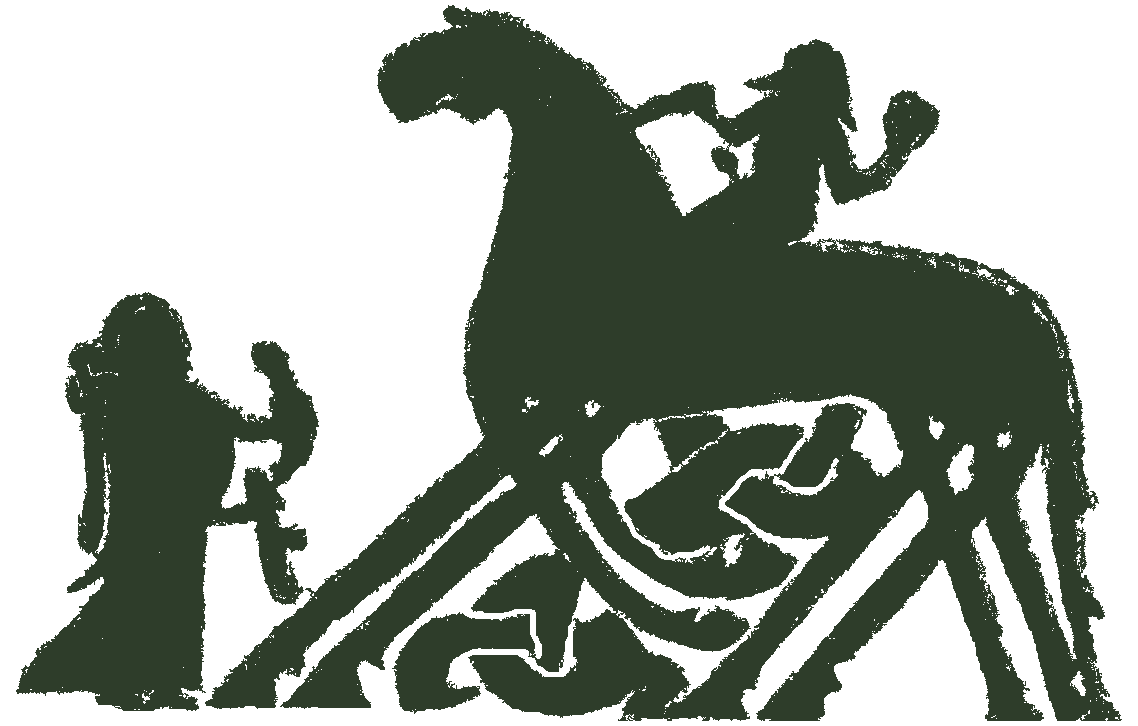7. Linking the religion: names and beings
This is not currently part of the peer-reviewed material of the project. Do not cite as a research publication.
In the extract above we have three mythological beings participating: the god Thor, the giant Hymir, and the World Serpent (Miðgarðsormr). Indexing their names gives an automatic link between the text and other instances of the being or name ‘Thor’, ‘Hymir’, ‘Miðgarðsormr’. His hammer also has the name Mjǫllnir. This indexing can be performed by a direct link between the word in the text and the being in question (Figure 8).
Figure 8: Links between texts and beings
There is a potential problem in some other sources: these beings may be represented by other names. For example, the World Serpent is sometimes called Jǫrmungandr (possibly ‘the great monster’), and Óðinn regularly adopts other names. There is therefore a need to link a more abstract entity for these beings than simply the name itself, but we should also keep the name as a concrete link to the texts. In some cases the evidence for the name applying to a particular god is equivocal or contradictory, in which case a further link from the application of the name to the textual material will help the user to determine the reliability of the attribution.
For example, the identification of the eponymous subject of Rígsþula (Rígr) with the god Heimdallr occurs in the introductory prose to the poem in the manuscript AM 242 fol. This structure is represented in Figure 9. The identification of Rígr with Heimdallr has been disputed by scholars (e.g. Simek 1993, 264). The database structure includes the source material, including date (the ms. is 14th century) which helps to evaluate the evidence of the identification. This could contribute to further analysis, for example, of the god Heimdallr.
Figure 9: Links between texts, names and beings
In other instances the alternative naming of a god will have a better foundation, such as the lists of names found in the þulur. The primary name of a god should be indicated as such in the ‘Names’ table in order that the structure does not presume it requires further justification. The names, however, can provide a linguistic link from the mythological being to other phenomena such as place names, which themselves may provide only the linguistic connection with a god or other being.
